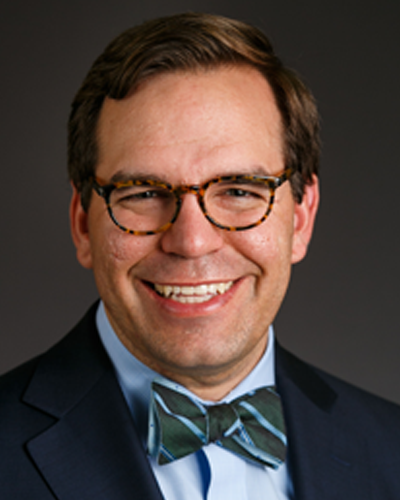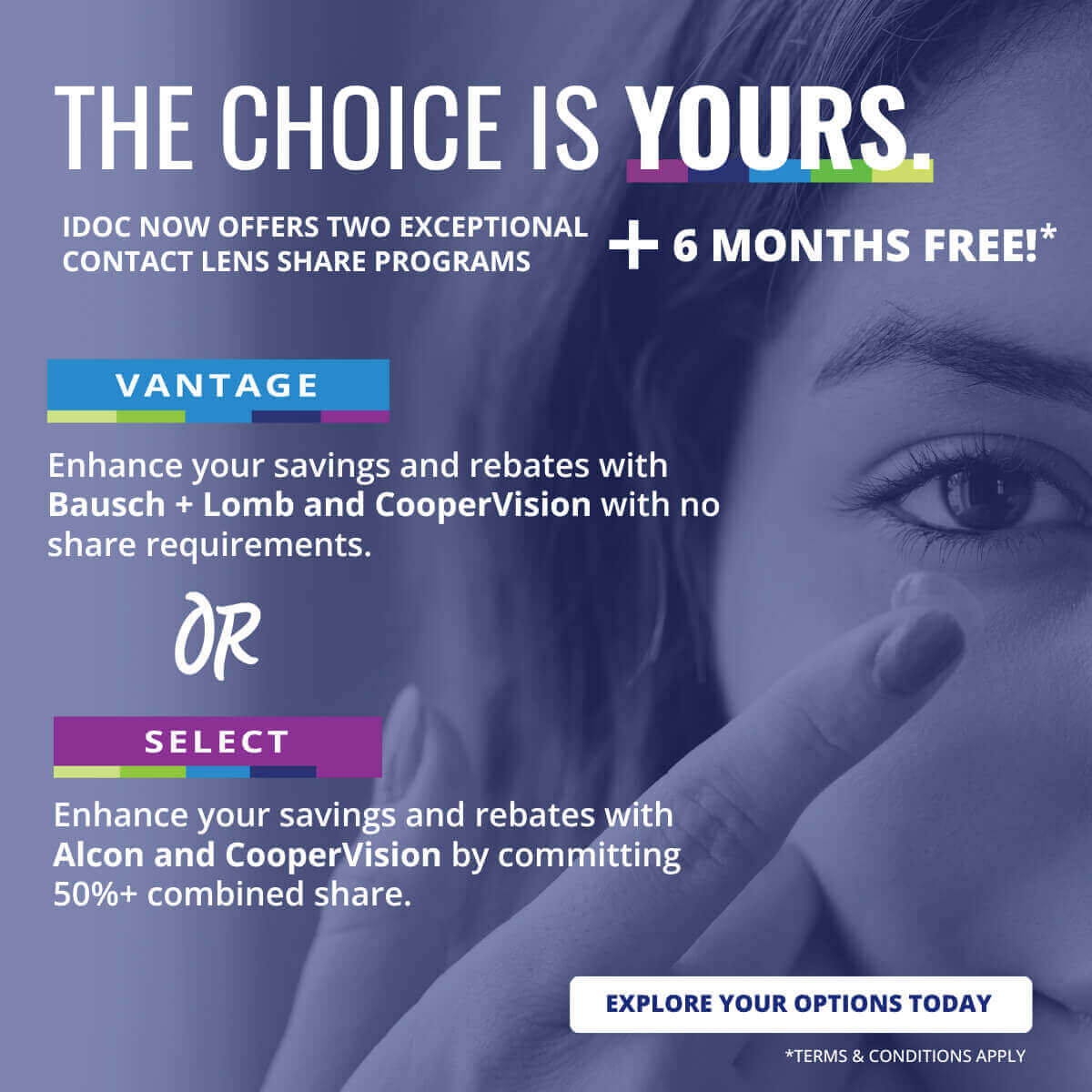A practice owner with a cash crunch recently pushed back on the advice I was giving – to defer some compensation for a quarterly distribution – with this statement: “I thought I was supposed to pay myself first!”
And “pay yourself first” – which means putting money away into long term savings before spending it on your immediate needs – is really good advice. But it also can get owners into trouble if they forget all the obligations a practice owner must honor before paying themselves.
Before anyone worries that I don’t want you to make any money, let me acknowledge this important fact about you as a practice owner:
You own your practice for two reasons: your desire to have control – over how you care for your patients and who you work with – and the income premium you can receive by delivering better care and service to your patients than your competition.
And my job is to help optometric practice owners earn more income. But it’s also to take the stress out of managing practice finances. Stressful things like:
- Struggling to make payroll every two weeks
- Falling behind on their bills with vendors
- Not being able to catch up on credit cards
- Getting walloped by an unexpectedly large tax bill
All of these will either cause or be caused by tight cash flow. My best definition of tight cash flow is this:
Tight cash flow happens when there isn’t enough cash in the business to pay the owner what he or she wants AND pay all the bills.
In most cases, owners need to remember this about the net income on their P&Ls:
First, the government gets paid.
Second, creditors get paid.
Then, and only then, can the owner pay himself or herself.
Let’s consider how those factors affect when and how you pay yourselves.
Taxes
We all know the saying ‘the only sure things in life are death and taxes’. You are sure to owe taxes, so you need to plan for them. Work with your CPA to plan for your quarterly estimated taxes. Have a separate account for taxes and contribute 25%-35% of your total income, less what you withheld on your regular paycheck.
Owners can choose to make capital equipment purchases, run more or fewer personal expenses through the practice, or take on more aggressive tax-preferred savings vehicles. But if you’re making money, you’re going to owe taxes.
When you buy equipment remember, you only save the taxes – about a third of what you spend. If you want to spend more to save on taxes, IDOC has a special dues program just for you!
Finally, pay all of your income and payroll taxes. Having seen a few cases where practice owners have fallen behind with the IRS, let me assure you that you don’t want to be in that situation.
Debt Service
Secondly, you must repay your creditors – people who have lent you money. Debt is not a bad thing. With interest rates as low as they have been for almost a decade, using a bank’s money to fund your growth is be a great way to accelerate your growth.
But growth is key when taking on debt. Avoid excess debt by making sure you have a clear path to growing your revenues and profits before taking out a loan. Unlike taxes, you can control your debt load.
If you’re buying equipment, be sure that your patient volume and the fees the equipment generates will cover the note or lease from day one. New equipment doesn’t increase the value of your practice UNLESS it increases the revenues and profits.
And be careful with revolving loans (credit cards or lines of credit), don’t come with a baked-in plan to pay them off. Credit card debt really ought to be paid off every month. Lines of credit too, but occasionally be stretched to three months.
If you have credit card debt or a line of credit you can’t retire within two or three months, consider restructuring that debt as a fixed installment loan.
Personal Income
Finally, once you’ve accounted for taxes and debt service, you can pay yourself. And you should pay yourself as much as you can. But there’s still a bit of a timing issue.
Let’s say you’re the solo OD-owner of a $900,000 practice which should net $300,000 (33% of Gross Revenues), which is your pre-tax income. Since $300,000 ÷ 12 months = $25,000 per month, should that be your monthly income (accounting for taxes and debt service, of course)?
No, because your practice results vary month-to-month. You will be fine some months, but others you will be taking out more income than the practice will have profits and cash flow to pay you. So, set your regular draw or salary comfortably below your total expected income.
Set a cash reserve target for the practice: the max you should need is one month’s expected expenses (everything except the owner(s)’ pay). Monthly or quarterly, take out any cash above your targeted reserve amount. If you’re below the target, wait a month or two for the cash to build back up.
So you can’t just take money out of your practice willy-nilly, but here’s the most important thing. Once you’ve met all your obligations to the government, your creditors, and to prudent cash management in your practice, take every red cent out of the practice that you can. Pay yourself first – build up your personal wealth and savings – and then enjoy the fruits of your labor!
Your practice is worth far more for the income it provides you than what you can sell it for. Extra cash left in the practice doesn’t do anything for the value of the practice and is likely to get spent on stuff you don’t need. Reduce stress by taking care of your other commitments first, then maximize your income. That’s best for you today, and it has the effect of increasing the value of your practice.

After graduating, he spent a year working abroad. During that time, he worked for two firms in San Jose, Costa Rica. He interned with Grupo Juridico de San Jose, working in environmental policy to protect a threatened parcel of land, then he worked as a project manager for a US-owned precision machining shop. Nathan then spent 6 months working with street children and orphans in Mexico.
Before getting into the healthcare industry, he was an Assistant Store Manager and completed the Corporate Training Program with Haverty’s Furniture Company in Atlanta, GA. Nathan and his wife Heather have a son, Daniel, and a daughter, Hannah. In his spare time, Nathan enjoys reading and outdoors activities - especially cycling and hiking.













